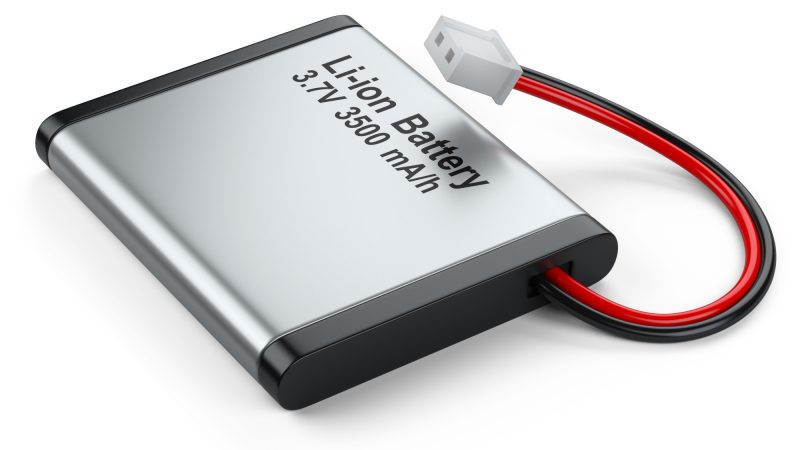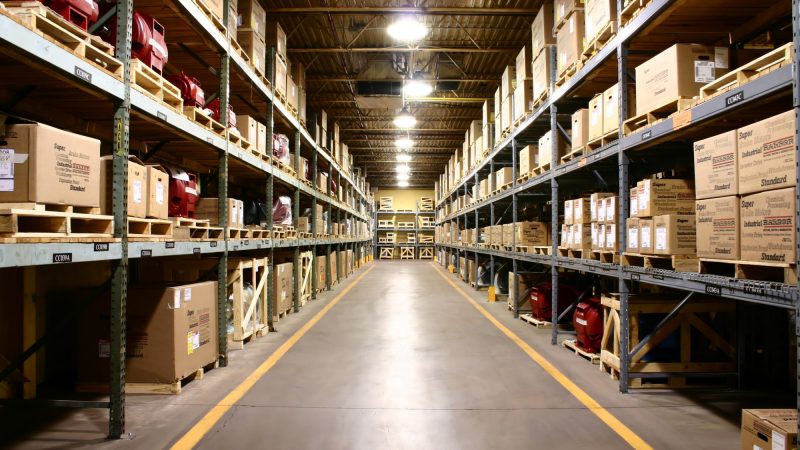Fiber Optic vs. DSL Internet: How they work plus pros and cons

Internet is found in almost every nook and corner in a populated area. No one in this era is unaware of this blessing. Everyone knows the importance of the internet from the beginning of the day to the end of it. The day starts by checking the email and Facebook feed while it ends on streaming original Netflix series or calling someone on Skype living far away.
When looking for an internet connection, you have many options. The type of internet connection is based on speed and price. For instance, DSL internet is much cheaper than fiber optic. Other options include satellite, which is available in remote or rural areas where there is a lack of infrastructure owing to the scale of investment or difficulty in lying down the wires. Similarly, cable internet is quite popular among people offering bundles and packages that include internet, cable, and home phone. Every connection type has a major difference in the way they transfer data. The article is meant to guide you about the major differences between fiber optic and DSL. Let us look at the differences along with the pros and cons of each.
DSL and Fiber Internet
DSL (Digital Subscriber Line) internet is delivered through telephone lines. Before DSL internet, there was dial-up internet that produced those classic weird sounds when connecting to the internet. However, the major disadvantage of the dial-up network was that you could either use your phone line or the internet at one time and never the two together. In the case of DSL internet, it distinguishes frequencies from your phone and internet, allowing users to connect to the internet while using the phone simultaneously.
Telephone lines are mostly made of copper. Some of the best DSL providers in the United States include AT&T, Spectrum, Viasat, Frontier, and CenturyLink. Some of the internet providers also offer DSL along with fiber optic services in limited areas. If you have any such facility in your area, you can simply check it out by entering your Zip Code.
On the other hand, when it comes to fiber optic internet, ISPs do not use copper wires to transfer data. Rather, they use fiber optic cables that are capable of delivering an outstanding speed of up to 1Gig. Optic denotes the mode of data transfer via light signals. Very thin glass wires enclosed in a protective cable are used to facilitate the transfer at literally lightning fast speeds.
The speed of fiber internet is very high as compared to any connection type whether it be cable, DSL, or satellite. The table below quotes the pricing and speeds offered by various DSL as well as fiber internet providers.
| Provider | Cost per Month | Connection Type | Download Speed |
| Frontier | $34.99 and up | Fiber and DSL | Up to 940Mbps |
| CenturyLink | $49 and Up | Fiber and DSL | 10Mbps – 940Mbps |
| AT&T | $35 and Up | Fiber | 0.8Mbps – 940Mbps |
| Spectrum | $49.99 and Up | Hybrid-Fiber Coax | 100Mbps – 1000Mbps |
| Viasat | $39.99 and Up | Satellite | 12Mbps – 100Mbps |
DSL and Fiber Internet Pros and Cons
Speed
Fiber optic is blazing fast and can offer speeds up to 1Gig. The cause of high-speed is the latest fiber optic wires that use thin light glass for delivering signals. However, when it comes to DSL internet, the signals are transferred via copper wires that can face connectivity disruption if come in contact with water due to rain or bad weather. Speed is the reason why most businesses and enterprises prefer fiber optic connections instead of DSL ones.
Quality
The quality of cable in fiber optic and copper cable vary largely. For instance, fiber optic is strong, sturdy, and is capable of resisting electromagnetic hindrance. No matter, how much it rains, the speed never slows down. Moreover, fiber lines are more resistant to corrosion and other wear and tear that can lead to signal loss.
On the other hand, copper cables used in DSL internet, pose a serious question mark when it comes to quality. Copper wires are naturally prone to corrosion and other wear and tear caused by weather conditions. Thus, a jittery or lost internet connection during such weather conditions is only natural.
Scalability
Scalability is of huge importance for businesses and enterprises that are forecasting growth and cannot afford to invest heavily. Fiber optics, in that regard, are scalable, be easily replaced, and laid over with other fiber connections conviniently.
When it comes to the DSL connection, scalability is a lot more limited and can cost significantly more when it comes to upgrading and replacing wires. Thus, fiber optic is a clear winner here.
Availability
When it comes to availability, DSL internet is available in more areas than fiber internet. Since Fiber internet is a newer technology and will take its due time to penetrate completely hence, If you search for fiber service providers in your area, you might get few to no results. Whereas in the case of DSL, it is widely available throughout the country. Most homeowners and small offices use DSL internet to meet their needs and save costs.






